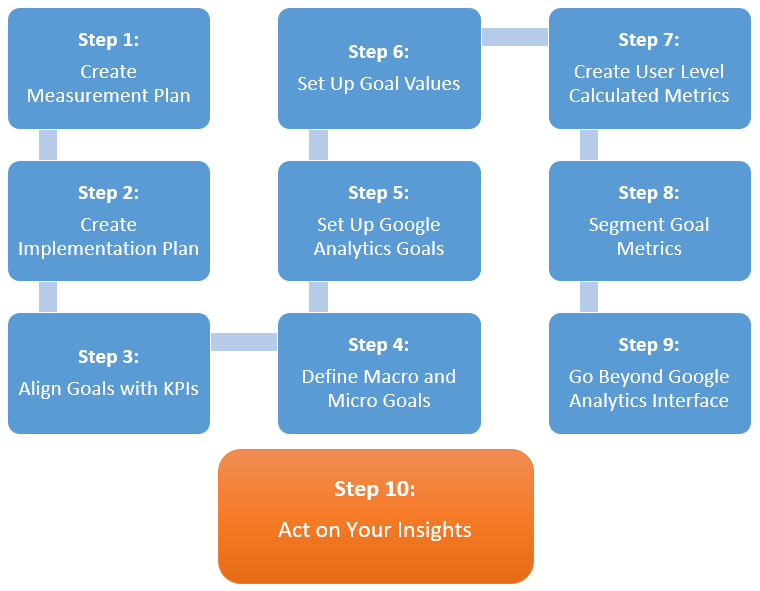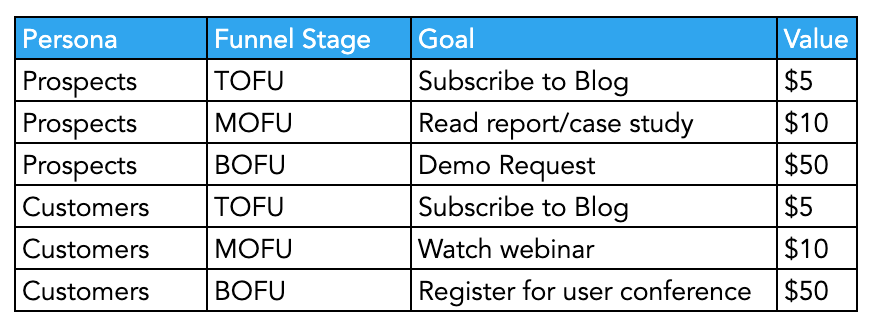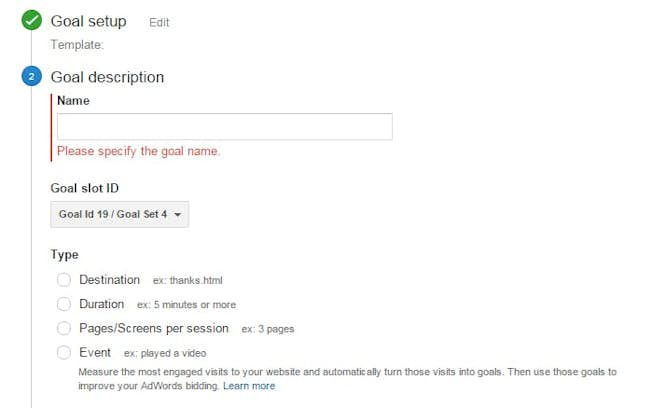Introducing the Blind Destinations: Comprehending What Google Analytics Goals Can not Determine
In the realm of electronic analytics, Google Analytics stands as an effective device for monitoring and assessing on the internet individual interactions. However, in the middle of its robust capabilities, there exist unseen areas that frequently evade measurement. Comprehending what Google Analytics objectives can not gauge is vital for getting a detailed view of customer behavior and engagement. As we look into the complexities of these unseen areas, we reveal a complicated internet of undiscovered regions that hold valuable insights into customer actions and inspirations, difficult traditional wisdom and clarifying the limitations of our data-driven understanding.
Individual Habits on External Operatings Systems
Understanding just how users communicate on external systems is important for optimizing on-line strategies. Exterior platforms, such as social networks networks, referral internet sites, and on the internet discussion forums, play a considerable function in driving traffic to a firm's site. By analyzing user habits on these platforms, businesses can get important insights into the efficiency of their advertising and marketing efforts and the preferences of their target market.
One secret facet of customer behavior on exterior systems is the reference source. By tracking where the users are coming from, companies can identify which platforms are driving the most traffic to their web site. This information can aid firms allot their sources a lot more successfully, concentrating on the platforms that produce the most effective outcomes.

Offline Conversions and Interactions
Analyzing individual habits on external platforms supplies useful understandings right into on the internet strategies; nevertheless, thinking about offline conversions and communications is similarly critical for a thorough understanding of a business's general efficiency. While Google Analytics succeeds at tracking on-line communications, it drops short in capturing the full client trip that typically includes offline touchpoints. Offline conversions, such as in-store purchases or phone inquiries, play a significant role in numerous companies' success. Disregarding these communications can lead to a distorted view of the efficiency of advertising and marketing campaigns and overall organization efficiency.

Attribution Beyond Last Click
When delving into the realm of digital marketing analytics, it comes to be necessary to look beyond the solitary touchpoint of the last click for a much more thorough understanding of attribution. While Google Analytics offers useful understandings right into user behavior, depending solely on last-click acknowledgment can be restricting - what data is google analytics goals unable to track. Attribution models that go beyond the last click supply a much more nuanced sight of the client trip, taking right into account all the touchpoints that cause a conversion
Attribution beyond the last click permits online marketers to designate credit to numerous communications along the conversion course, giving a clearer image of the effectiveness of different advertising why not check here networks. By exploring multi-touch attribution designs such as direct, time decay, or position-based acknowledgment, organizations can better allocate their advertising and marketing spending plans and enhance their methods for maximum influence.
Understanding the impact of each touchpoint in the conversion process is important for making notified decisions and maximizing ROI. By embracing acknowledgment beyond the last click, companies can get deeper understandings right into client actions and tailor their advertising initiatives better.
Cross-Device and Cross-Browser Tracking

In a similar way, cross-browser tracking complements cross-device monitoring by capturing user behavior as they change between different web internet browsers. Understanding how users communicate with web sites on different browsers can assist online marketers maximize their online experiences to make sure uniformity and performance throughout different platforms.
Qualitative Information and Individual Intent
Recognizing user intent with qualitative information analysis is important for developing targeted digital advertising approaches that resonate with the demands and preferences of the target audience. Qualitative information offers understandings right into the 'why' behind customer actions, clarifying inspirations, feelings, and preferences that measurable information alone can not record. By examining user responses, comments, and communications, marketers can reveal beneficial details about customer intent, enabling them to customize their messaging, material, and offerings to much better line up with what their audience is seeking.
Qualitative data also aids in understanding the context in which customers engage with a site or application. This contextual understanding makes it possible for online marketers to create important site more customized and appropriate experiences, eventually driving greater engagement and conversion rates. By diving right into individual intent with qualitative data evaluation, services can get a much deeper understanding of their target audience, leading to more efficient advertising techniques that satisfy individuals' assumptions and demands.
Conclusion
Finally, Google Analytics objectives have constraints in gauging customer habits on outside platforms, offline conversions, attribution beyond last click, cross-device and cross-browser tracking, and qualitative data related to user intent. what data is google analytics goals unable to track. It is necessary for services to be familiar with these unseen areas in order to supplement their data evaluation with other devices and approaches to obtain an extra extensive understanding of their audience and enhance their general digital advertising and marketing approaches
By evaluating user actions on these systems, organizations can get useful insights right into the efficiency of their advertising and marketing initiatives and the choices of their target audience.
Examining customer habits on external systems provides important insights into online strategies; nevertheless, thinking about offline conversions and interactions is just as necessary for a detailed understanding of a firm's overall performance.In digital advertising analytics, relocating past last-click attribution to discover cross-device and cross-browser monitoring is essential for getting an all natural understanding of customer interactions across numerous platforms and gadgets. By examining user comments, comments, and interactions, marketing helpful hints professionals can discover valuable details about customer intent, allowing them to tailor their messaging, web content, and offerings to better align with what their target market is looking for.
By diving right into individual intent with qualitative data analysis, companies can gain a deeper understanding of their target audience, leading to a lot more reliable advertising methods that meet users' expectations and requirements.